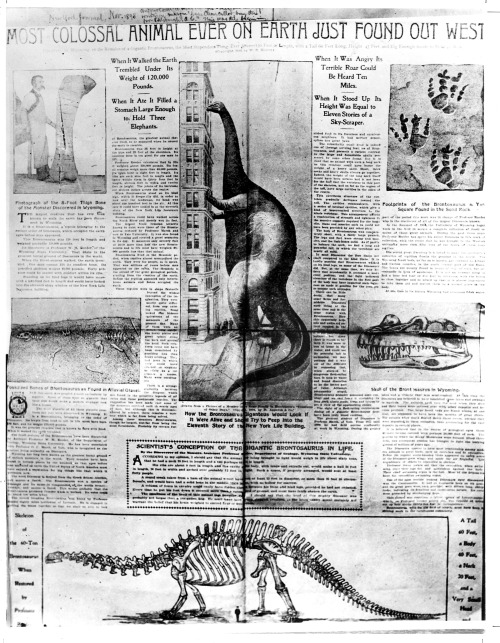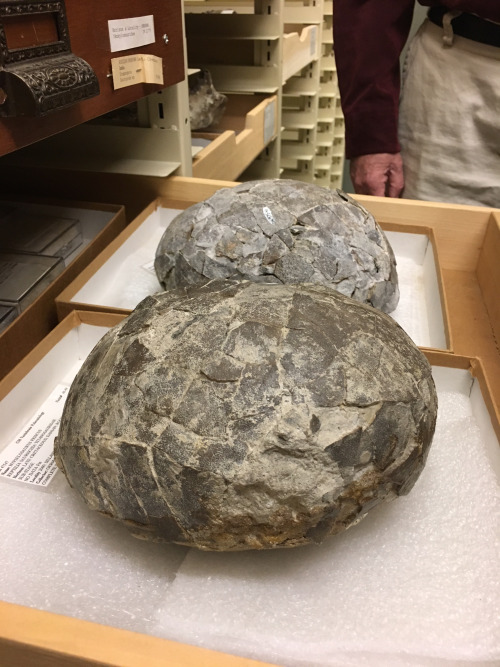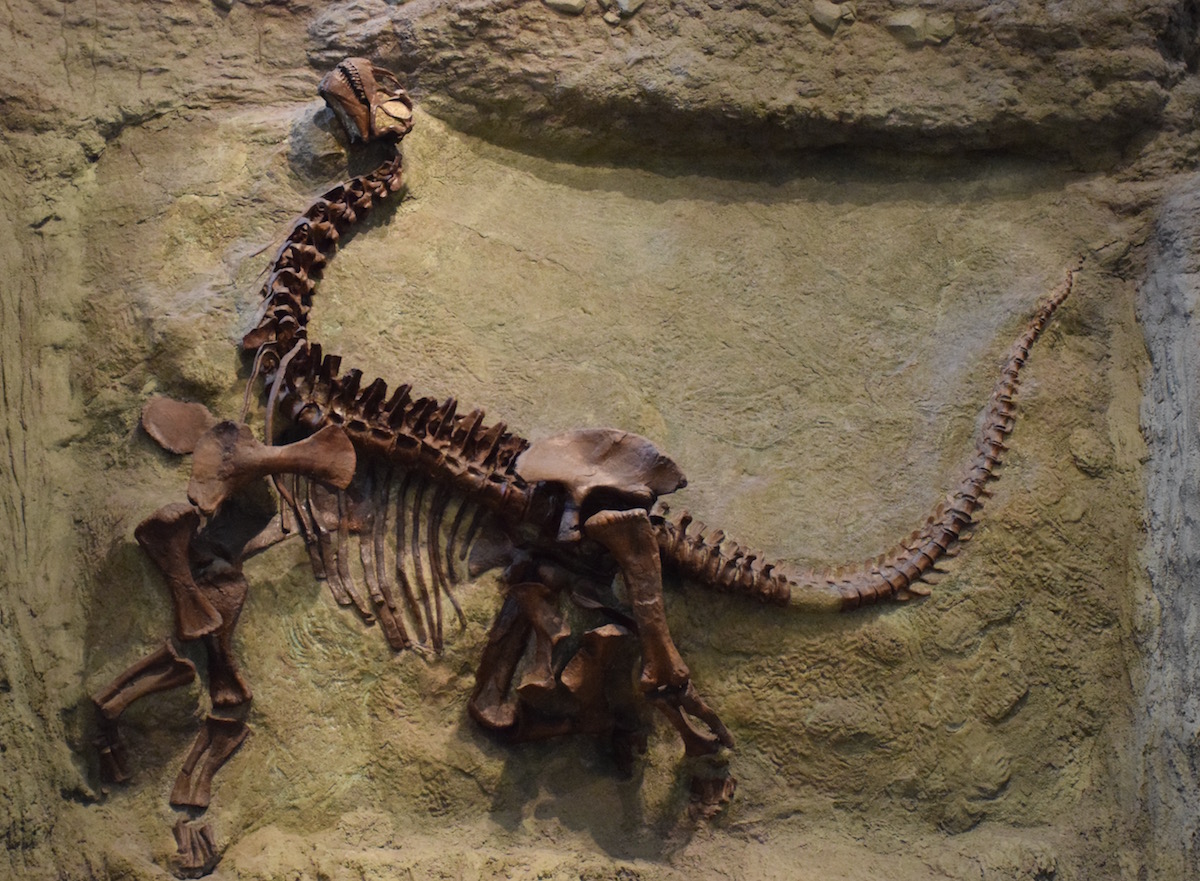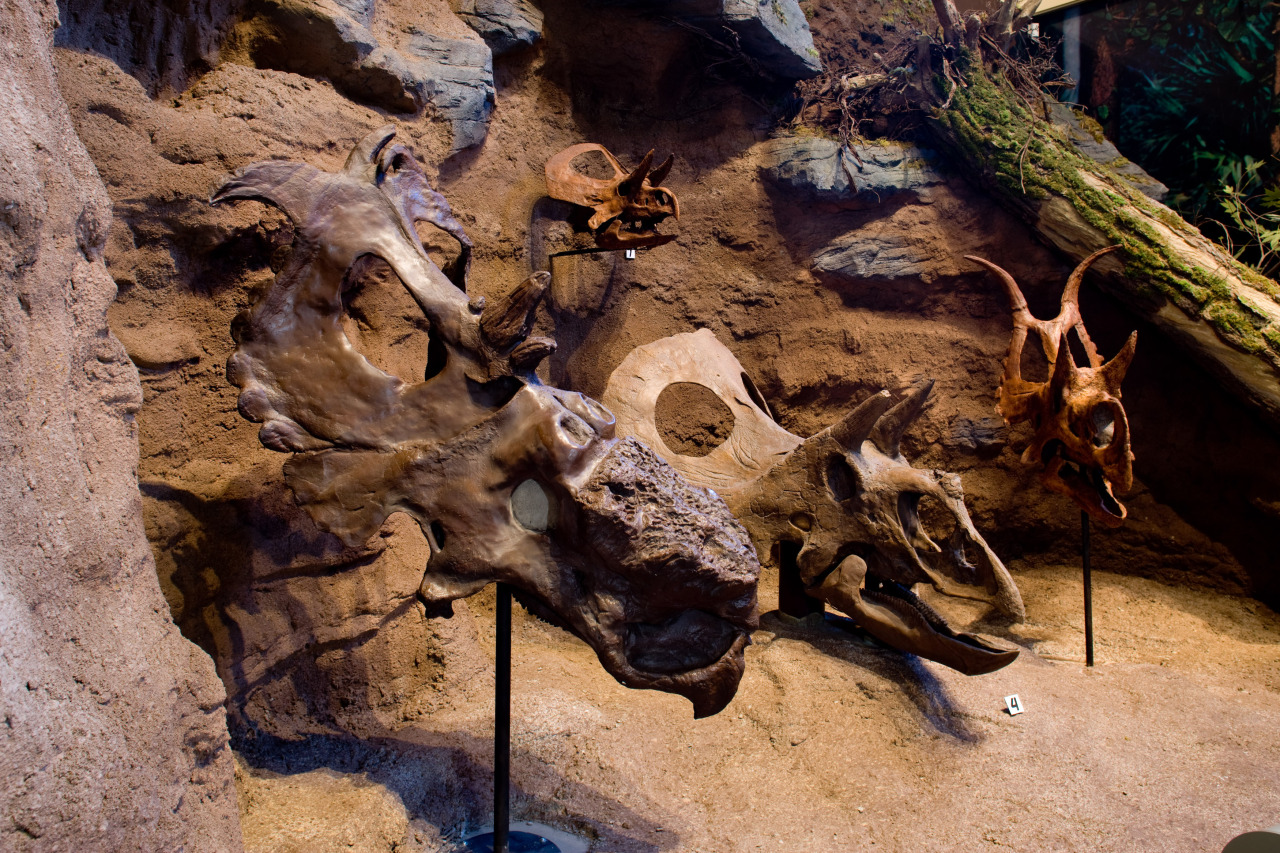
In 1898, Andrew Carnegie sent this newspaper clipping to Carnegie Museum of Natural History Director Dr. William J. Holland with a $10,000 check and a note that read, “buy this for Pittsburgh.”
Carnegie Museum of Natural History
One of the Four Carnegie Museums of Pittsburgh
by wpengine

In 1898, Andrew Carnegie sent this newspaper clipping to Carnegie Museum of Natural History Director Dr. William J. Holland with a $10,000 check and a note that read, “buy this for Pittsburgh.”
by wpengine

It was moving week for our juvenile Tyrannosaurus Rex Jane! She’s been living in the spine of our museum for quite sometime, but this week she was moved just a few hundred feet away into our brand new gift store, where she’ll be the center of attention.
Staff carefully disassembled Jane by removing her skull, tail, and ribcage before they wheeled her stand to it’s new location and reassembled her.
The gift store is currently undergoing renovations and will reopen later this month with three new exhibits.

Jane sitting pretty in her new home.
by wpengine

Dinosaur eggs! These fossilized eggs are part of Carnegie Museum of Natural History’s hidden collection in the Section of Vertebrate Paleontology.
by wpengine

T-Rex teeth in Dinosaurs in their Time at Carnegie Museum of Natural History in Pittsburgh.
(Photo by Josh Franzos)
by wpengine

This immature Camarasaurus’ uncomfortable stance isn’t caused by a crick in his long neck. It was discovered in what paleontologists call the “death pose.” Many dinosaur skeletons like this one are found with their neck arching back dramatically towards the tail. This specimen in Carnegie Museum of Natural History’s Dinosaurs in Their Time is displayed almost exactly as it was discovered.
The death pose may have been caused by the dinosaur’s final thrashing movements before it died. Scientists note that this pose is only seen in animals with high metabolic rates, suggesting that dinosaurs such as Camarasaurus may have been active creatures.
by wpengine

These fossilized skulls are all from Ceratopsians, a group of dinosaurs best known for their horns. This dinosaur group crossed a land bridge between East Asia and Alaska during the Cretaceous Period and lived in North America, where they flourished. A wealth of well-preserved fossils found across North America show that Ceratopsians split off into species with different types of horns, spikes, lumps, knobs, and other means of protecting themselves from predators.
